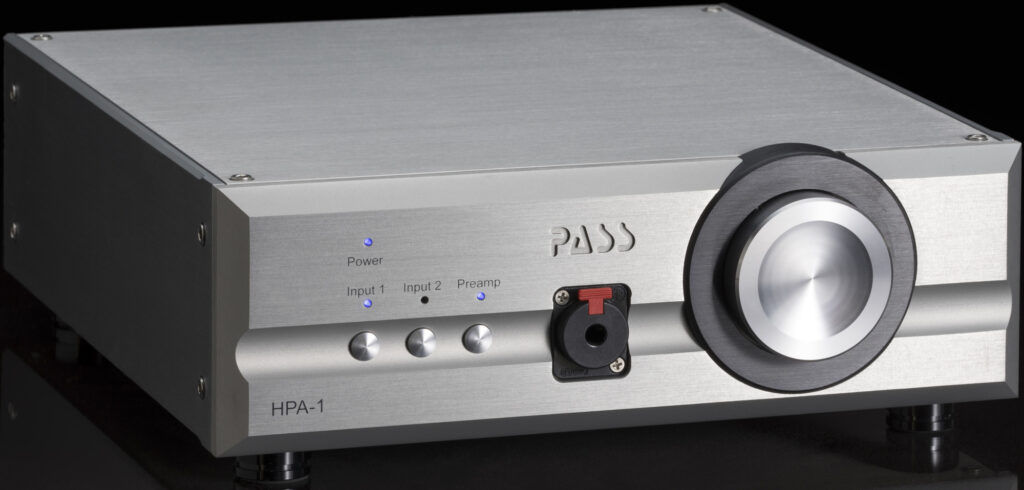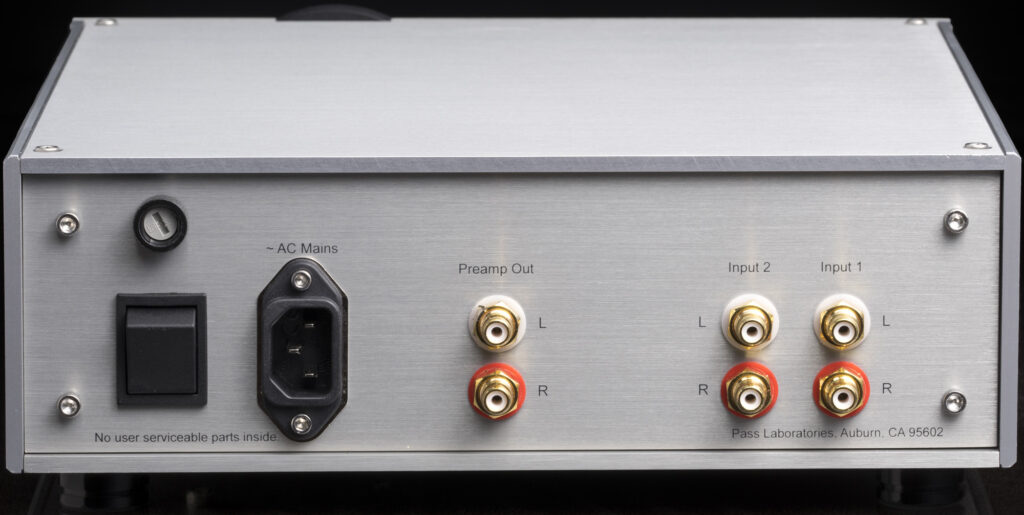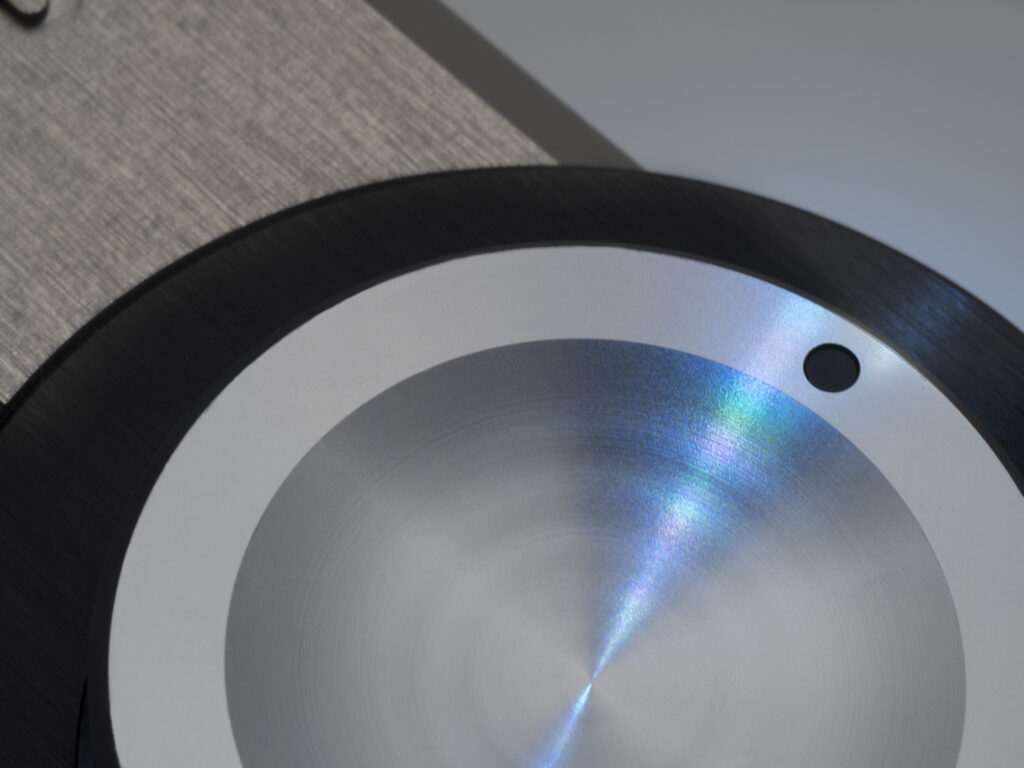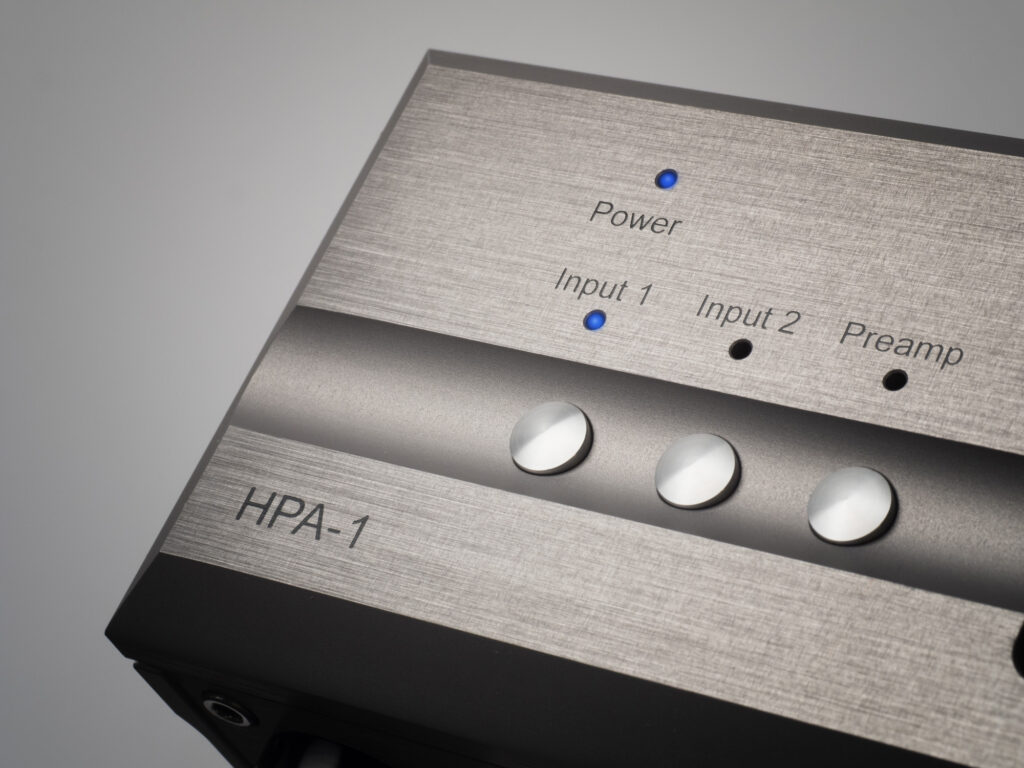I can count on one hand the number of manufacturers who build solidly engineered products that are ahead of the curve and herd, whose products remain vastly competitive and superior to others, and price increase is as rare as hen’s teeth. I can also name companies pricing their products to the stratosphere and tout more sensibly priced new products as breakthroughs. In an industry where forces of aggressive, upward pricing actions sometimes congregate and form a trend, companies run by a firm hand in creating high value-to-price products instead need to be recognized. They are the silent disruptors of the status quo.
Case in point, a few of the headphone amplifications I have auditioned featured patented designs with names befitting a megabuck powerhouse, and one with commensurate pricing to boot. I had high hopes in anticipation for their arrival, but they didn’t sound special enough in the end to warrant an official Review. In other words, I found nothing noteworthy about them compared with what I’m using, namely the $3,500 Pass Laboratories HPA-1.
My reviews of Pass Laboratories amplifications have shown them to feature meticulously researched and proven technologies. Combined with expert manufacturing techniques and restrained pricing, their products are often best-in-class in performance and value. I auditioned their ex-gen $3,800 entry-level single chassis XP-15 Phono preamp and the $10,600 XP-25 two-chassis Phono preamp concurrently, and though each was already more expensive than some in their class which were laden with features and lofty specifications, I found the XP-15 and XP-25 to be superior in performance and ruggedness, hence my reference in their respective class for over three years.
In 2015, when Pass Laboratories launched a new series of linestages beginning with the XP-12, it was and remains to this day as the company’s entry-level preamplifier that bears the prominent marque, albeit retailing for a princely sum of $5,800. Pass Labs president Desmond Harrington once told me that the company only releases products that can perform competently even in the most demanding of systems. I have not auditioned it, and undoubtedly it is as good as the company intends, but another product from Pass Laboratories may have become the company’s de facto lowest priced preamplifier.
The $3,500 HPA-1, or High Bias Headphone Amplifier as described in the owner’s manual, not only features two pairs of RCA headphone inputs, namely INPUT 1 and INPUT 2, there’s also a pair of RCA outputs named PREAMP. Inside the compact chassis is a low feedback, wide bandwidth discrete circuit, J-Fet input stage, class A biased direct coupled Mosfet output stage, custom low noise shielded toroidal power transformer with Faraday shield and discrete, on top of a regulated power supply for audio circuits. There is serious First Watt DNA in a Pass Labs platform. Prestige and performance. Exciting.
Relaying Aurender signals alternately from the $8,500 Bricasti Design M1 dual-mono DAC and the equally priced Audio Research DAC9 tube to the $42,000 Pass Labs XA200.8 class A monoblocks, driving a pair of the $25,000 Sound Labs Majestic 645 electrostatic panels, the HPA-1 was audibly less dynamic and three-dimensional than the $38,000 Xs Preamp that it replaced. Yet, the half-sized headphone amp/linestage was steadfast in inducing the big panels to churn out globs of atmospheric ambience cues amidst demonstration-class spectral extensions. The HPA-1 may not be the most accurate linestage particularly in the presence of the stately Xs Preamp, nonetheless, the purity of sound that it relays simply cannot be overstated. For readers not using ultra sensitive uber priced speakers, the HPA-1 is good enough and all you need to spend your money on.
The most noticeable feature on the HPA-1 is the large ALPS Potentiometer audio taper volume knob, commandeered directly from the volume control in the company’s last generation, $10,000 XP-30 linestage’s auxiliary outputs. Turning the shiny, big round VOLUME knob was sheer joy as its continuous tracking provides just enough user feedback to make me want to fiddle with it to no end. I have never felt so much satisfaction in operating a VOLUME control. Tiny volume pots need not apply henceforth. The HPA-1 doesn’t have a remote unit but so what? With the two INPUTs arguably being the only justification for the convenience of a remote in exchange for a potentially significant increase in price, the HPA-1 is kept less expensive sans remote, and I applaud that design decision.
Whilst my Xs Preamp reveals the superiority of the Esoteric SACD player over the otherwise peerless Aurender N100SC caching music-server and streamer, the HPA-1 falls far short on that but this is not a fair comparison. There is enormous finesse to be had for the $3,300 Aurender, and comparing it to the $21,000 Esoteric K-01XD is unfair as well, but this exercise illustrates the tremendous value both the Aurender and the Pass Labs HPA-1 are.
I also auditioned the HPA-1 with the $4,000 Focal Utopia headphones and I found its spacious recreation of the venue and vivid retrieval of the fine details in the recording to be the superior attributes of the design. The Pass Labs owner’s manual claims the headphone amplifier is of such statue that it drives planar headphones with ease. I put on my discontinued Oppo PM-1 electrostatic, and the Audeze LCD-X, and sure enough the stability of the HPA-1 translated into a superior sense of extensions and vividness, more so than when driven by other headphone amps I auditioned. The HPA-1 actually made my Focal Utopia sounded smoother and more spectacular than one headphone amp nearly four times its price. In this case, the Pass Labs actually induced none of the fatiguing spectral spikes masquerading as sonic candies from the pricier model.
I have auditioned quite a few headphone amplifiers solid-state and tube, and none could surpass the HPA-1’s stability and drive by a large margin, owing assuredly and additionally to the use of Neutrik locking headphone connector for an isolated signal ground connection, plus the use of internal silver contact rated to carry ten amperes of current without overheating. Again, guess what other companies would’ve charged for all that?
A quibble I had with the unit concern the omission of balanced connections. Desmond offers the following: ‘Some of the Alephs (Pass Labs products of early 2000) were single-ended only and the (current) XA25 stereo power amplifier is single-ended only. The choice of single-ended only on the HPA-1 was for size. True balanced takes twice the space and we wanted to keep the HPA-1 small and simple.’ Though small and simple by Desmond’s standard, its chassis is none other than the same signature, Pass Laboratories brushed aluminum, found in all of the company’s preamplifiers and amplifiers.
This lowly, junior member of the Pass Labs family is a tour de force through and through, and would be another company’s pride and joy, as well as a much costlier flagship. Scantily few companies have the resources, energy and forte in creating a creature like the HPA-1. The HPA-1 is about applying Pass Laboratories’ engineering and manufacturing might with the management of Desmond Harrington, and with a keen eye on stringent component selection, quality control and a healthy dose of restrained pricing.
History of Pass Labs repeats, and customers get more than what they pay for. The HPA-1 is priced as a headphone amplifier but it gives so much more. Every Pass Laboratories’ products are so very unique and differing even among themselves that, in my opinion, it is indicative of a fresh and start-over design approach on each and every product. As both a super headphone amplifier and a reference-caliber linestage retailing for $3,500, the HPA-1 is the most out-of-this-world design to come from Nelson Pass and his team. It makes for serious fun. Unequivocally recommended.
By the way, Pass Laboratories has not raised its prices since September, 2015. Run.
Copy editor: Dan Rubin
The post Pass Laboratories HPA-1 headphone amplifier Review appeared first on Dagogo.


























